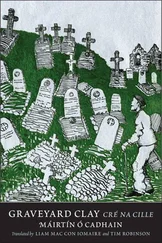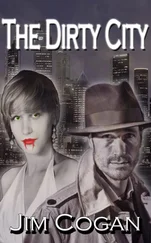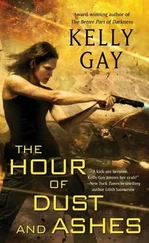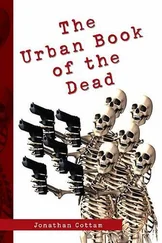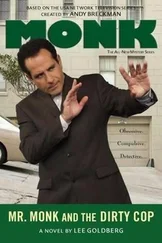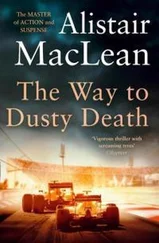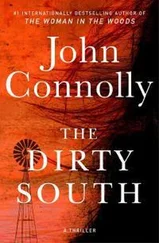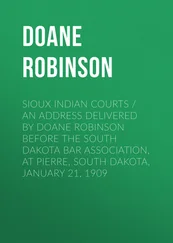Máirtín Ó Cadhain
The Dirty Dust: Cré Na Cille
Máirtín Ó Cadhain’s irresistible and infamous novel The Dirty Dust is consistently ranked as the most important prose work in modern Irish, yet no translation for English-language readers has ever before been published. Alan Titley’s vigorous new translation, full of the brio and guts of Ó Cadhain’s original, at last brings the pleasures of this great satiric novel to the far wider audience it deserves.
In The Dirty Dust all characters lie dead in their graves. This, however, does not impair their banter or their appetite for news of aboveground happenings from the recently arrived. Told entirely in dialogue, Ó Cadhain’s daring novel listens in on the gossip, rumors, backbiting, complaining, and obsessing of the local community. In the afterlife, it seems, the same old life goes on beneath the sod. Only nothing can be done about it — apart from talk. In this merciless yet comical portrayal of a closely bound community, Ó Cadhain remains keenly attuned to the absurdity of human behavior, the lilt of Irish gab, and the nasty, deceptive magic of human connection.
TRANSLATOR’S INTRODUCTION
In The Dirty Dust everyone is dead. This may seem an unlikely way to write a novel, but Máirtín Ó Cadhain* was not your usual author. He was both traditional and experimental as he willed, and the device he chose for this novel suited his own genius and the community he was depicting.
The characters in the novel may be dead, and lying down in their graves, but they do not shut up. It is the fact that the dead do not shut up that gives life to the novel. The novel is composed entirely of heard and of unheard conversation, apart from the introductions to some of the chapters (which are called interludes) that are spoken by the Trumpet of the Graveyard and act as a kind of a linguistic and philosophical contrast to what is going on below. What is going on below is a continuation of what was going on above before all the residents of the cemetery died. It is a novel that is a listening-in to gossip and to backbiting and rumours and bitching and carping and moaning and obsessing about the most important, but more often the most trivial, matters of life, which are often the same thing. It is as if, in an afterlife beneath the sods, the same old life would go on, only nothing could be done about it, apart from talk.
And talk is the principal character in this novel. Although the introductory pages of the novel say that the time is eternity, which is understandable, in fact, the locus of the novel is a graveyard somewhere in Connemara in the west of Ireland in the early 1940s. In that Connemara of the thirties and the forties there was no radio, except in the priest’s and the teacher’s houses; there was no cinema and few shops, and television had never been heard of.
The only culture was talk.
There were songs and music and some dancing, but talk was the centerpiece of creativity. This novel attempts to capture the talk and the never-ending gabble and gossip of which the community was made. It might be said that all human communities before the onset of common literacy were simply made of talk. While anthropologists tell us that there are “loquacious” communities and “reticent” ones, there is no doubt whatsoever into which of those boxes Ireland fell. In that sense of never-ending chatter this novel is a better reflection of the concerns of ordinary humanity over thousands of years than those which deal with the great and the good. These concerns are not always that pleasant, of course, no more than are those of the great and the good, but at least they don’t do as much harm.
All these dead voices in the unquiet grave are concerned only with the immediate quotidian — the stolen seaweed, who is marrying whom, a donkey’s trespass, what somebody’s will contains, how the publican robbed them — although there are distant echoes of national politics and even of the Second World War. But all human life is here; and if you were to transfer yourself to any part of the world even today and to listen to the clatter of local voices, it would be not that much different from what you will encounter in The Dirty Dust.
This book is generally seen as one of the greatest achievements of the Irish* novel. Although the Irish language can boast the longest unbroken vernacular literature in all of Europe with the exception of Greek, and indeed, one of the greatest of all European literatures until the modern period, its development was ruptured during the English conquest. Thus the novel came late in Irish, as it did in most noncosmopolitan pre-urban societies. While Irish did have a lively prose tradition up until the middle of the seventeenth century, for political and social reasons it went into rapid decline during the following two hundred years. As literacy in the language was minimal, there was little chance of developing the novel. This changed with the resurgence of interest in the language in the late nineteenth century and in particular after the independence of the new Irish Free State, when a fresh generation of Irish readers appeared.
A common theme in the early Irish novels was a depiction of life in Irish-speaking communities, often referred to as the Gaeltacht. While Gaeltacht originally meant Irish speakers, it came to mean those areas in which Irish was the dominant language. Most of these were in the west of Ireland, one of the largest being in Connemara, where Ó Cadhain was born. These novels often painted the Gaeltacht and its people in a glowing idyllic light, or if they didn’t, they were perceived to do so. One writer, Séamus Ó Grianna, remarked that he would never knowingly write a word of which his mother would be ashamed. The Dirty Dust burst in upon this world with its robust talk, its mean-spirited characters, its petty pursuits, and its great mirth.
Its publication met with immediate acclaim, but not universal. One critic damned it as “a dirty book,” when dirty books were banned in the hundreds. Another claimed he would never have supported the Irish language if he had thought it would lead to such abuses as this. Yet another, that such conversation shouldn’t be put into the mouth of a dog. On the other hand, it was widely read out loud in Ó Cadhain’s own Gaeltacht, rapidly became a best-seller, and gained classic status among Irish-speakers. One writer remembers that his mates in secondary school would wait eagerly for the next instalment when it was first being serialised in a newspaper. The author recalls walking through a crowd at a football match and hearing a spectator mutter, “There goes The Dirty Dust. ” It was referenced in the Dáil, the Irish parliament. There has been a bigger critical literature around it than around any other single Irish novel, and like all major works of art there is no single consensus as to what it “means.”
Máirtín Ó Cadhain believed that speech was the best way to depict what was going on inside people’s heads, which explains a good deal about the narrative structure of the novel. It was said that it was based on a short story by Dostoyevsky on the one hand, and Edgar Lee Masters’s Spoon River Anthology on the other. In reply to this wild speculation about its origins, he recounted an incident that happened in his own area some years previous to his writing it. A woman was being buried on a particularly miserable rainy day in Connemara and the gravediggers had inadvertently opened the wrong grave. The day was so bad they couldn’t dig another, so they chucked her into the one they had already opened. Then someone realised that they were putting her coffin down on top of an old adversary. One of the onlookers muttered: “Oh holy cow, there’s going to be one almighty gabble!”
Читать дальше

